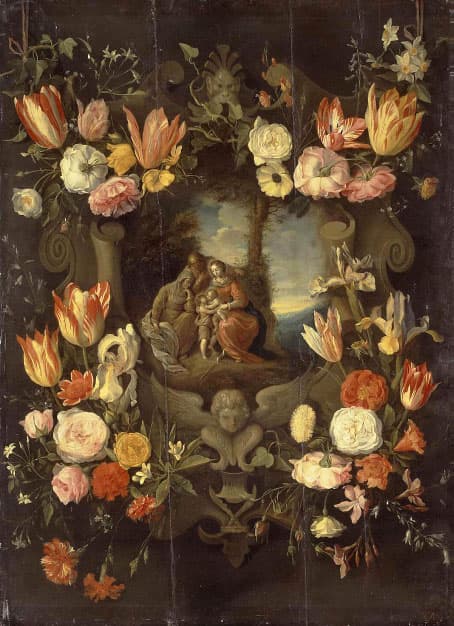Your shopping cart is empty!
Clove pink "Grenadine Mixture"
Clove pink "Grenadin Mixture" - Dianthus caryophyllus var. grenadin.
Homeland: presumably the Mediterranean. The plant is perennial. It has two widespread horticultural varieties, which are often considered separate species.
Carnation garden grenadine - Dianthus caryophyllus var. grenadin.
Perennial herbaceous plant grown as a biennial. The bushes are well developed, 40-60 cm tall. Stems are straight, thin, cranked, leafy. The leaves are narrow-linear, basal, collected at the base of the bush in a rosette. Leaves and stems are covered with a silver-gray coating. The flowers are simple or double, located at the ends of the shoots in several pieces, red, pink, white, yellow, variegated, sometimes with a border, fragrant. Blossoms in the second year after sowing from June to August. A well-developed bush has up to 200 flowers. Cultivated for a long time, very popular.
Reproduction: usually by seed. Seeds of carnations are of medium size (in 1 g of clove Grenadine about 600, and in Turkish clove 950 grains), they remain viable for at least 4 years. They are sown on a seedbed in rows every 15 cm, between seeds in a row 1-2 cm, embedding depth 1 cm. The crops are pressed, sprayed and a non-woven covering material is pulled over them. Make sure that the crops do not dry out. Shoots appear in 8-10 days. The covering material is not removed, but only the tension is loosened so that the seedlings do not bend. After 3 weeks, the seedlings dive to a distance of 6 cm in a row, 15 cm between rows. Again, the plants are covered with covering material or shaded with shade from direct sun until the seedlings take root and stop binding. Since the picking of seedlings occurs at the very peak of summer, it is better to plant early in the morning or after 18 hours, or choose a cool cloudy day for this.

Jan Brueghel the Elder.
Homeland: presumably the Mediterranean. The plant is perennial. It has two widespread horticultural varieties, which are often considered separate species.
Carnation garden grenadine - Dianthus caryophyllus var. grenadin.
Perennial herbaceous plant grown as a biennial. The bushes are well developed, 40-60 cm tall. Stems are straight, thin, cranked, leafy. The leaves are narrow-linear, basal, collected at the base of the bush in a rosette. Leaves and stems are covered with a silver-gray coating. The flowers are simple or double, located at the ends of the shoots in several pieces, red, pink, white, yellow, variegated, sometimes with a border, fragrant. Blossoms in the second year after sowing from June to August. A well-developed bush has up to 200 flowers. Cultivated for a long time, very popular.
Reproduction: usually by seed. Seeds of carnations are of medium size (in 1 g of clove Grenadine about 600, and in Turkish clove 950 grains), they remain viable for at least 4 years. They are sown on a seedbed in rows every 15 cm, between seeds in a row 1-2 cm, embedding depth 1 cm. The crops are pressed, sprayed and a non-woven covering material is pulled over them. Make sure that the crops do not dry out. Shoots appear in 8-10 days. The covering material is not removed, but only the tension is loosened so that the seedlings do not bend. After 3 weeks, the seedlings dive to a distance of 6 cm in a row, 15 cm between rows. Again, the plants are covered with covering material or shaded with shade from direct sun until the seedlings take root and stop binding. Since the picking of seedlings occurs at the very peak of summer, it is better to plant early in the morning or after 18 hours, or choose a cool cloudy day for this.

Jan Brueghel the Elder.
Name: comes from the Greek words "Di" - Zeus and "anthos" - flower, which can be translated as "flower of Zeus" or "divine flower".
According to ancient Greek legend, carnations owe their origin to the wrath of the goddess of hunting Artemis: returning after a bad day, she met a shepherd playing the flute and, accusing him of scaring away all her game with his music, in a rage tore out his eyes. Later, unable to bear the plaintive look of these eyes, the goddess threw them onto the path - and two red carnations grew out of them, reminiscent of innocently shed blood in color, and a crime committed in a pattern (some carnations in the center have a spot similar to a pupil).












